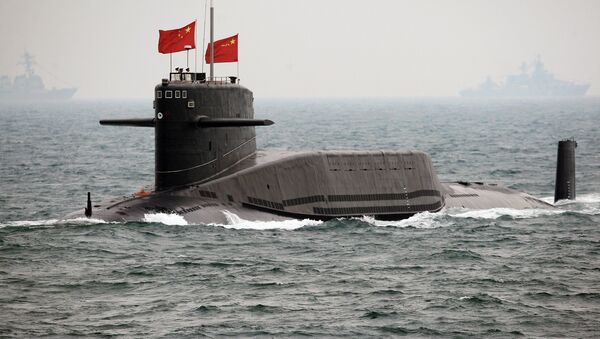China’s Ministry of National Defence spokesperson Ren Guoqiang told reporters on Tuesday that the country had successfully tested the Julang (JL)-3, a next-generation intercontinental submarine-launched ballistic missile.
“The scientific research and tests were conducted according to plan are normal”, Ren said, adding that the test had not targeted “any country or specific entity".
China confirms testing its intercontinental submarine missile after a mysterious light in the sky sparked speculations of the experiment of the nuclear weapon
— Darlington Micah (@DarlingtonMicah) 1 июля 2019 г.
China has successfully tested its next-generation JL-3 missile on June 2 pic.twitter.com/zv2pFQhloX
“China has always followed a defence policy which is defensive in nature and an active defence military strategy. The development of weapons and equipment is to meet the basic needs of safeguarding China's national security”, he pointed out.
Ren’s statement came in response to reports about a mysterious light thought to be shot from Zhengzhou in Henan province on 2 June, alarming locals and prompting speculations about a classified missile test.
US officials in turn claimed that after the JL-3 was launched from a submarine test platform in the Bohai Sea, it covered several thousand miles before falling on a missile impact range in western China.
The third-generation Julang (‘Big waves’)-class missiles are specifically designed for China's nuclear-powered submarines. China’s Global Times newspaper earlier reported that the JL-3 can carry more warheads than the country’s current submarine-launched ballistic missiles.
The JL-3 has a full operational range of about 8,700 miles (about 14,000 kilometres), which media reports say allows the missile to obliterate potential targets throughout most of the United States.

